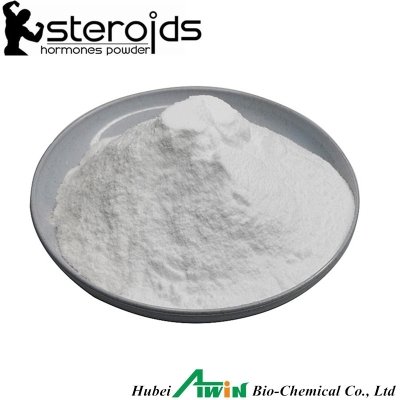-
Categories
-
Pharmaceutical Intermediates
-
Active Pharmaceutical Ingredients
-
Food Additives
- Industrial Coatings
- Agrochemicals
- Dyes and Pigments
- Surfactant
- Flavors and Fragrances
- Chemical Reagents
- Catalyst and Auxiliary
- Natural Products
- Inorganic Chemistry
-
Organic Chemistry
-
Biochemical Engineering
- Analytical Chemistry
- Cosmetic Ingredient
-
Pharmaceutical Intermediates
Promotion
ECHEMI Mall
Wholesale
Weekly Price
Exhibition
News
-
Trade Service
Anti-Mullerian Hormone (AMH) has become an important clinical biomarker for evaluating ovarian reserve
Anti-Mullerian Hormone (AMH) has become an important clinical biomarker for evaluating ovarian reserve
This study is a cross-sectional study involving 27,125 American women aged 20 to 46 who obtained reproductive hormone results through Modern Fertility and signed relevant informed consent
This study is a cross-sectional study involving 27,125 American women aged 20 to 46 who obtained reproductive hormone results through Modern Fertility and signed relevant informed consent
Multiple linear regression was used to compare the levels of AMH hormone in women who used contraceptives and those who did not use any contraceptives, and controlled for age, age at menarche, body mass index, smoking, sample collection method, cycle days, and self-reported diagnosis of polycystic ovary syndrome
The results showed that when controlling for covariates, women who used combined oral contraceptives, vaginal rings, hormonal intrauterine devices, implants, or progesterone-only contraceptives had statistically significantly lower AMH levels than those who did not use any.
Anti-vaccine toxin levels of the contraceptive group
Anti-vaccine toxin level of the contraceptive group Anti-vaccine toxin level of the contraceptive groupIn short, compared with women who do not take contraceptives, women who currently use hormonal contraceptives have a lower average AMH hormone level, and there are differences in percentage differences between different contraceptive methods
In short, compared with women who do not take contraceptives, women who currently use hormonal contraceptives have a lower average AMH hormone level, and there are differences in percentage differences between different contraceptive methods
References: Hariton ME, Shirazi TN, Douglas NC, et al.
Anti-Müllerian hormone levels among contraceptive users: evidence from a cross-sectional cohort of 27,125 individuals[J] .
American journal of obstetrics and gynecology:S0002-9378(21 )00685-2.
Anti-Müllerian hormone levels among contraceptive users: evidence from a cross-sectional cohort of 27,125 individuals[J]
Leave a message here







